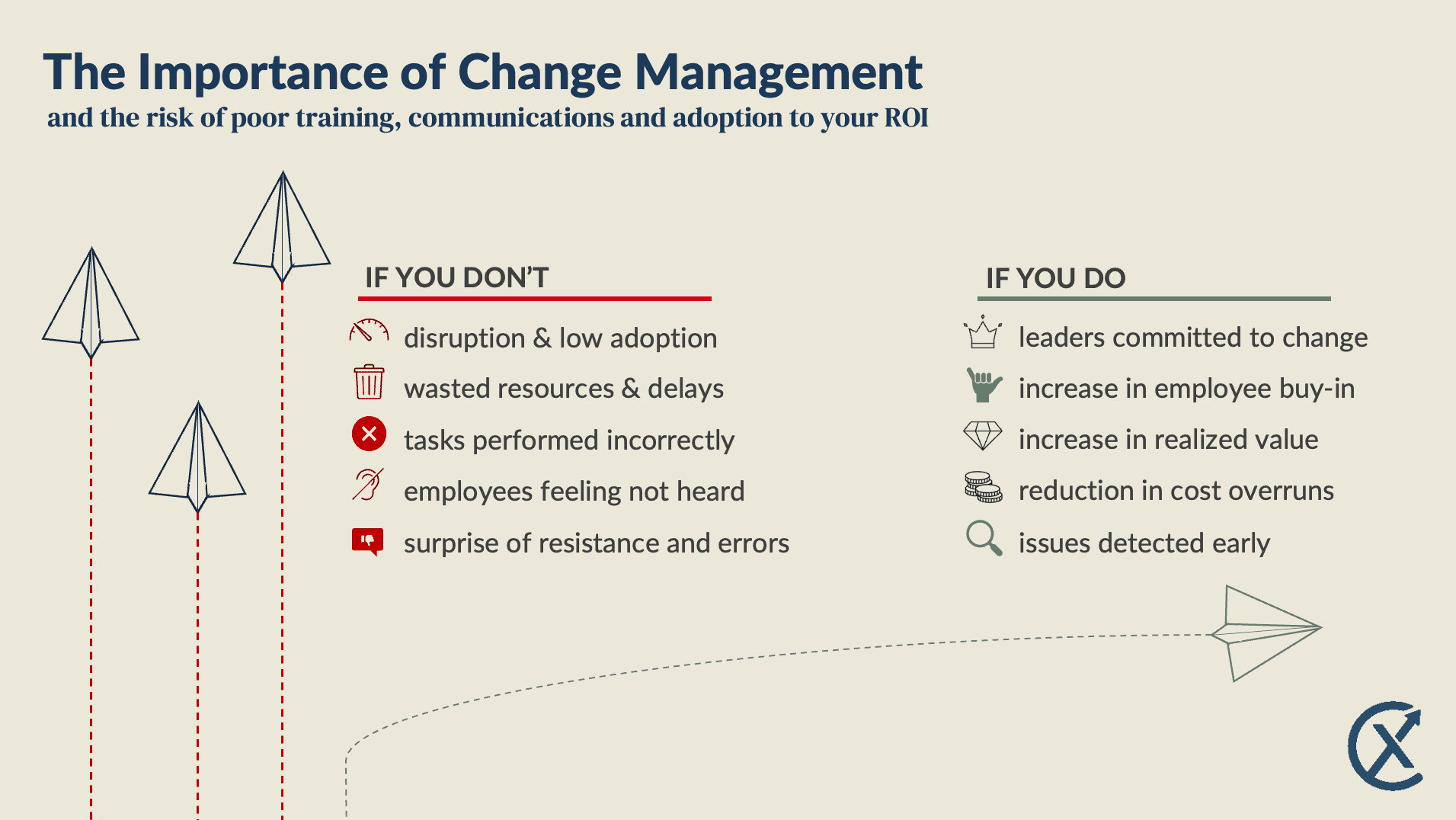During the pandemic, sales of board games and puzzles soared. Confronted with endless work from home, many people wanted a “digital detox” where they could spend time without screens. Some folks played board games with friends, others built LEGO alone or with family. Even Dungeons and Dragons had a record sales year, with people of all ages rolling dice in a fantasy world.
Board games can be a lot of fun. But they’ve grown way more complex over the years. Gone are the days of Passing Go in Monopoly or amassing an army in RISK. Now instead, we have games like Scythe, which can only be described as a game where you amass resources to build an army and civilizations in a sort of steampunk 1920s Europe, fighting and trading with other players during simultaneous gameplay. Also, there are giant robots in it for some reason. (For the record, Scythe is a ton of fun.)
Somewhere along the line, games grew so complex that understanding what you’re even supposed to do became a challenge. How do you even play the game, let alone win? This satirical news article sums it up perfectly: “Friend Group Meets Weekly For Board Game Rules Explanation Night.”
These new, shiny, unceasingly complex board games have a lot in common with IT implementations. Sure, you know what you need to do – you need to win the game/install new technology. But getting there, that’s the tricky part. And just as board games have proliferated and grown more and more complex, tech solutions have also grown more and more complicated.
Change management for an IT implementation is like learning the rules to a new board game: It’s confusing, it’s not fun, and it’s completely necessary if you ever want to win. And just like how the rules to a board game can be excruciating in their details, IT change management consists of many small details that you need to get right. It’s more than just creating a project timeline and holding weekly status meetings. An implementation requires work before, during, and after the technology is set up to ensure you get the most from your purchase.
Common Implementation and Change Management Steps:
Before
- Organizing project team members: This entails educating everyone involved in the implementation about their roles and responsibilities. If you’re planning on leveraging a network admin to test and turn up a new circuit, it’s good to let them know what’s coming down the pipeline.
- Agreeing on a timeline: This is more than just picking a date to implement your new technology. You need to work backward from the answer: when do we need to test integrations and new technology? How early do we need to schedule training? What network dependencies need to be completed before we can schedule a go-live?
- Articulating Risks: What are the biggest concerns and question marks facing your project? By describing the values and concerns of your company, you ensure that your future vendor understands what you really need.
- Describing dependencies: This crucial step entails making sure that your vendor partner understands your network ecosystem, specifically any dependencies that their technology will need to succeed.
- Creating a cost model: Before you even purchase new technology, your company needs to be ready to track cost savings in real-time. Having budget meetings to build cost trackers and models ensures you can understand where your money’s going during the project.
During
- Tracking actions and resolving issues: A bad implementation meeting consists of people checking boxes that say “on track” or “off track.” A good implementation meeting consists of people flagging issues and solving them together in real-time. They also document these issues to make sure they learn and understand how to streamline the implementation process. Which one do you want – a good meeting or a bad meeting?
- Executive summaries: company leaders need to stay up to date on project status. How to report wins and explain problems to the leaders in your company?
- Document changes: Every change you make on your implementation journey needs to be documented and accounted for.
- Organize training: Make sure you know who’s leading training, who’s participating, and how they’re participating.
- Complete testing: Document the ways in which you’ve tested the new technology to demonstrate the validity of your new solution.
- Decommission old technology: Properly decommissioning old tech means you save money on ETFs/cancellation fees, and don’t pay for both the old and new solution.
After
- Account management onboarding: Who will own the solution now that it’s implemented? Who are the vendor contacts to reach out to when you need escalation?
- QBRs: How often will you have QBRs? Who will participate? What information do you want to discuss in these meetings?
- Documentation archiving: The testing is done, the training’s complete, the solutions turned up. Now, where do all these changes and documents live in your system? How can someone access them if they need to review them?
- Steady-state maintenance: oftentimes, the people who use and manage the technology are different from the people who implemented it. Have you made sure that everyone is clear on their new roles and responsibilities?
- Cost model validation: Compare how much you budgeted with how much you actually spent. This will prove instructive on future projects, purchases, and implementations.
- Lessons Learned: What went well? What went completely haywire? What can you take from this implementation to others?
- Risk Review and Issue Log: What risks were avoided during the project? Which risks still need to be monitored? What issues are still open?
Unfortunately, many people gloss over critical steps in the implementation process, which can change the trajectory of their entire project. It’s like how people ignore the actual rules of Monopoly, and usually end up playing a worse version of the game.
Why do some teams cut corners during implementation?
- Organizational constraints: Some companies don’t have the time, budget, or team for a full-scale implementation.
- Lack of leadership: without a strong project manager, implementations can slowly slip into inertia.
- Confusion and lack of experience: There’s a lot of steps to juggle in an implementation! It’s natural that some steps might get ignored and some info might get lost.
- Vendor partners and internal PMO: These partners are supposed to make the implementation process easier. But they don’t always understand your requirements and risks.
- Overconfidence: Sometimes people feel like they know what’s best and ignore project management best practices.
Good change management practices start before the project even begins.
It’s a lot to keep track of. And you need to start the change management process before the contract is signed if you want a successful implementation. Regardless of your project management methodology, laying a strong foundation before the project begins pays dividends down the road.
We’ve played this game before.
No matter what technology you’re buying, we’ve read the rulebook and we can help clarify it for you. A good third party doesn’t railroad your project. Instead, they work with your internal team and PM resources to call out risks, helping you identify needs and solve problems. A good third party helps you schedule meetings you didn’t even know you needed so you can address issues before they become urgent.
As an end-to-end partner, CXponent can provide value at any stage of a project. We can validate a program plan before it gets started or use our experience to help you build one. If you start the project, but feel you don’t understand the rules, we can come in and help clarify for you.
Documentation can be a cheat sheet to clarify the rules.
Clear documentation is key in change management. Some of the documentation needed includes:
- Action items
- Risk registry
- Issue tracker
- Cost models
- Project summaries
- Meeting notes and archives
- Training materials
- Network diagrams
- Test and turn up checklist
- Change Management register
Your company might have some templates for this. But sometimes managing documentation can feel just as overwhelming as the new technology itself. A third party can take care of the details and documents, allowing you to focus on the big picture, and play to win the game.
Still feeling overwhelmed?
That’s understandable. There’s a lot to consider when it comes to implementations and change management. It can feel like the game is rigged against you and the rulebook is incomprehensible. But we’ve played the game, and we can help you win. No SOW needed – we’re happy to chat with you about how we manage projects, the documentation we use, and common pitfalls we’ve seen.


.png)




